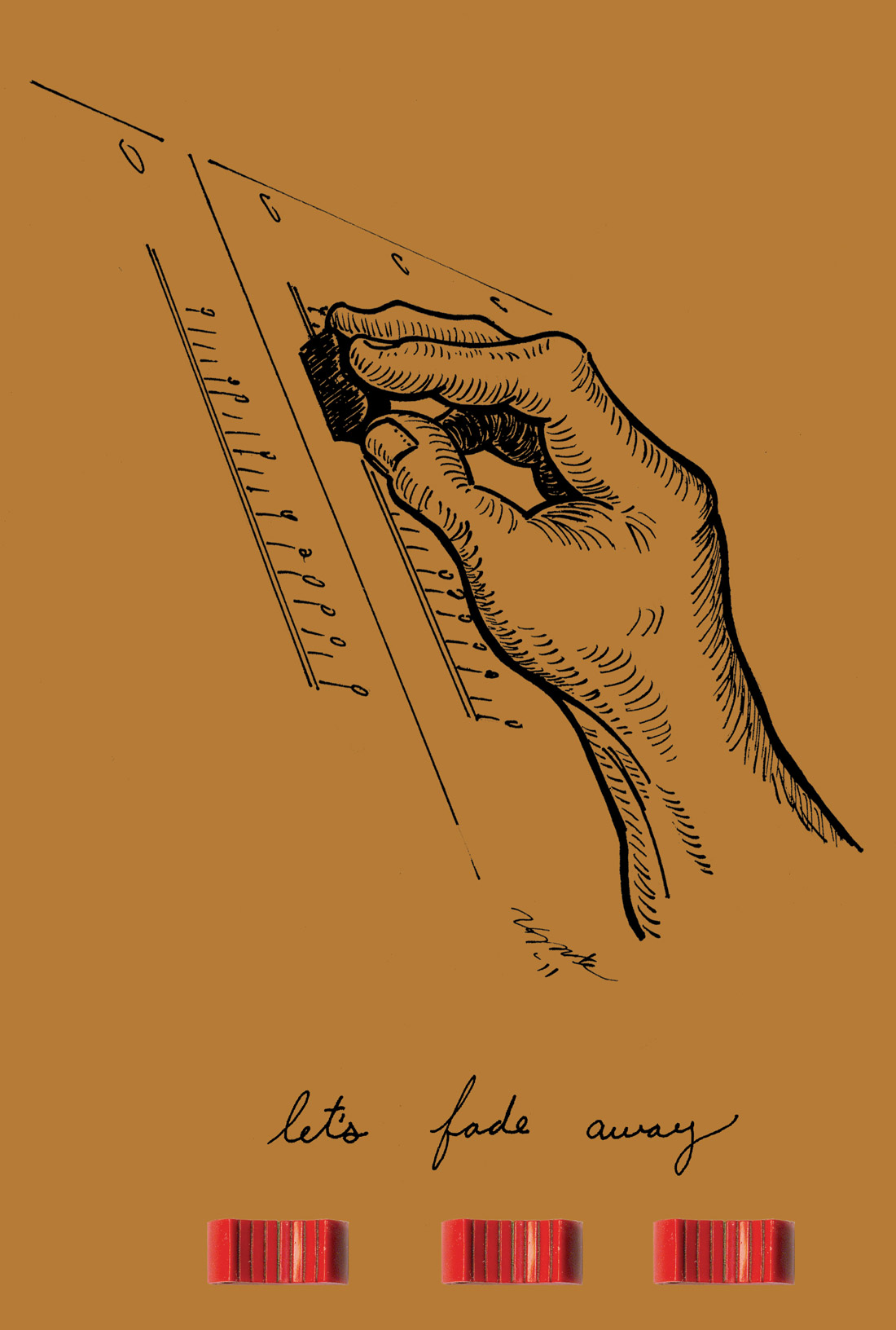The Opticom XLA-3 uses a photocell-based detection circuit coupled with tube make-up gain. The first famous compressor with this topology, of course, is the Teletronix LA-2A; its rich and dark tone has produced classic vocal sounds for decades. At the other extreme, the Manley ELOP demonstrates that the same topology can produce a fast, bright, and recognizably modern compressor. The Opticom uses the same basic circuit principals for a completely different end.
Since many new opto/tube compressors display the influence of the LA-2A, I started out trying the Opticom on vocals, and I immediately learned that this one bears little resemblance to its famous precursor. The Opticom gives a distinctive sound on vocals that does not reference anything else. While this color is tasteful and will work in some mixes, it would not typically replace an LA-2A–style compressor. (Based on budgetary constraints, I currently use the Peavey VC/L-2 for this purpose.) The Opticom proves its value in giving the color of an old tube guitar amp to seemingly any instrument it touches. Subtle textures and more traditional electric guitar sounds can all richly benefit from such a treatment. A slide guitar that was recorded direct suddenly sounded like it came off of Pink Floyd’s Live at Pompeii. Even when a high input-level pushes the compressor circuit, the Opticom does not produce noticeable artifact; the coloration is often more noticeable than the compression.
In addition to the expected input and output levels, the front panel includes three controls and two meters. The Response setting (fast/medium/slow) seems to affect the recovery more than the attack; it can be useful in every setting, so it gives a lot more flexibility than many classic opto compressors allow. The Limit switch is a hard bypass, which skips both the compression and the make-up circuitry. The meter range can be set to x1 and x2 for when the circuit is driven hard. One VU meter displays Threshold Drive while a second shows Output Level.
With a street price just below $3000, the Opticom is an expensive, if valuable, addition to a studio. For the first mono compressors that I bought at this price point, I wanted them to help me achieve classic vocal sounds; the Opticom definitely produces a radically different color. For a studio with several high-end compressors already that is looking to add a unique color, the Opticom will contribute a powerful tool to the racks. ($2995 street; www.acmeaudio.net)
–Steve Silverstein <ssilverstein@earthlink.net>
Consoles/Summing, Dynamics, Effects, Signal Processors | No. 49
SSA 2A
by Adam Kagan
We live in a DAW world, and that world provides us with ultimate recall and almost-infinite processing choices via hundreds of plug-ins. But we still want more! Now we crave the artifacts, coloration,...




_disp_horizontal_bw.jpg)